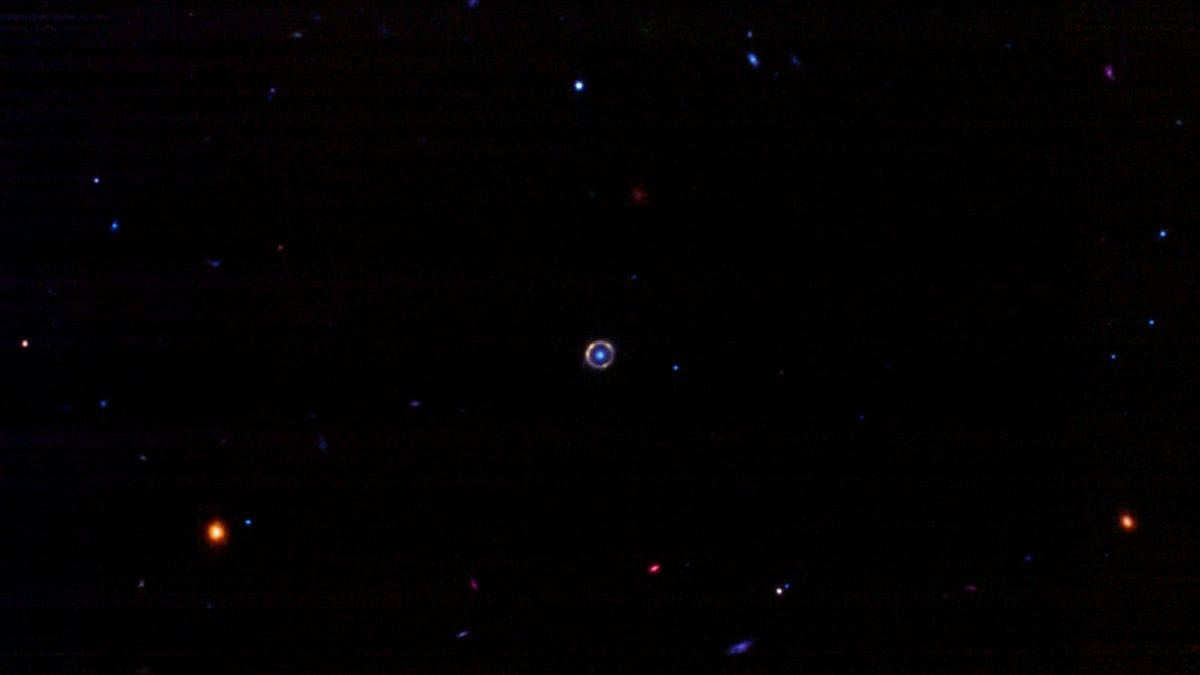NASA’s Voyager 1 and Voyager 2 spacecraft, launched in 1977, have been exploring the outer planets and now the interstellar medium for over four decades. These pioneering probes have provided invaluable data about our solar system and beyond. However, recent reports indicate that the plutonium-238 radioisotope thermoelectric generators (RTGs) that power these spacecraft are nearing the end of their operational life. As the plutonium decays, the electrical output of the RTGs diminishes, which poses a significant challenge to the ongoing scientific missions of both probes.
Voyager 1, currently over 14 billion miles from Earth, and Voyager 2, at a distance of over 12 billion miles, have been sending back data about cosmic rays, magnetic fields, and the heliosphere. Yet, as the power levels drop, NASA engineers are forced to make difficult decisions about which systems to keep operational. The spacecraft rely on a limited power budget, and as the RTGs produce less energy, instruments will need to be turned off to conserve power for essential communications and scientific instruments.
NASA’s Jet Propulsion Laboratory (JPL) has been monitoring the power levels closely. As of late 2023, Voyager 1 has already experienced a significant reduction in power, leading to the shutdown of non-essential systems. Voyager 2 is expected to follow suit in the coming years. The teams at JPL are working on strategies to extend the operational life of both probes as long as possible, but the reality is that the end is approaching.
The scientific community is keenly aware of the implications of this decline. The Voyagers have provided insights that have transformed our understanding of the solar system, including the discovery of active volcanoes on Io, the complex atmospheres of the outer planets, and the behavior of solar wind in the interstellar medium. With their eventual shutdown, the loss of data from these missions will be felt profoundly.
In a recent statement, NASA emphasized the importance of the data already collected and the legacy of the Voyager missions. “While the power decline is a natural part of the mission’s lifecycle, the knowledge we have gained from Voyager will continue to inspire future generations of scientists and explorers,” said a spokesperson from NASA.
As the nuclear hearts of these iconic probes fade, the world watches closely, hoping for a few more precious years of data before the lights go out. The legacy of Voyager will endure, but the end of their operational life marks a poignant moment in the history of space exploration. The Voyagers have not only pushed the boundaries of our knowledge but have also served as a reminder of the vastness of space and our place within it.

